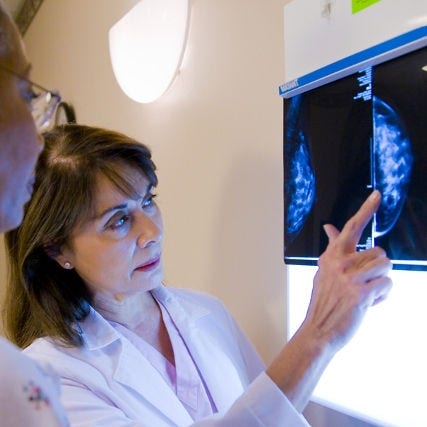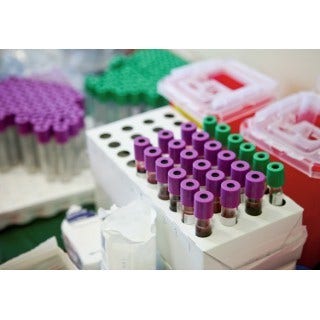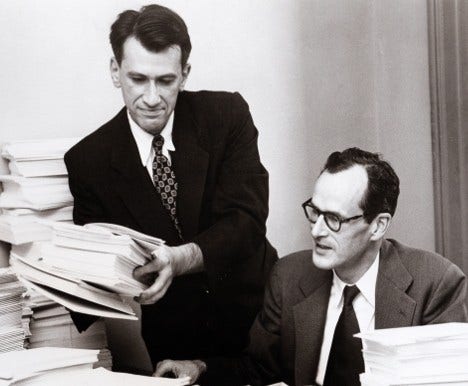ACS Cancer Prevention Studies
Since their start in the 1950s, the American Cancer Society’s Cancer Prevention Studies (CPS) have advanced the scientific community’s understanding about the causes of cancer. The insight we’ve gained from more than 2.7 million participants has informed cancer prevention and control programs, policies, and guidelines.
Our work, and the research it inspires and supports, is moving us closer to a day when cancer is preventable.
What Are the Cancer Prevention Studies
Our Cancer Prevention Studies are prospective cohort studies, meaning we recruit and collect data from a large group of people who are all cancer free at the start. They're managed by the ACS Population Science department by the Cancer Prevention and Survivorship team.
We collect data for many years from participants' responses to surveys and from the small biological samples they provide. Our goal is to better understand why and how certain people develop cancer while others remain cancer free.
Biological samples. The biospecimens that participants provide, such as a blood sample or a buccal swab to collect cells from the inside of the cheek, allow for research aimed at better understanding the role of genetics in the risk, development, and survival of cancer.
Published studies. Since these studies began, we have published more than 750 scientific articles that have furthered the science community’s understanding of cancer and its risk factors. Our findings have significantly contributed to tobacco-related research and to the understanding of obesity, diet, physical activity, hormone use, air pollution, and other factors in relation to cancer and other diseases.
We will continue to use data collected from CPS study participants both before and after a cancer diagnosis to study factors associated with cancer survivorship. Learn more about how Cancer Prevention Studies Save Lives.
Prevention Studies for a Cancer-Free Tomorrow
Since the 1950s, the American Cancer Society has conducted long-term studies that have played a major role in helping researchers better understand, prevent, and treat cancer. The findings from previous studies include confirming the link between cigarette smoking and lung cancer, the impact of having overweight or obesity on risk of cancer occurrence and death, and much more.
See these easy-to-read summaries of recently published studies about healthy eating and activity levels using CPS data.
- Coffee Risks for Colorectal Cancer (C Um)
- CPS-3 Researchers Ask What People Eat and Check Urine Samples (Y Wang)
- Food Parasite & Brain Cancer Risk (J Hodge)
- Healthy Eating & Active Living Research Highlights
- 21 Metabolites Linked with Breast Cancer (Y Wang)
- Exercise & Quality of Life in Older Survivors (E Rees-Punia)
- Replacing Sitting May Affect Weight (E Rees-Punia)
Easy-to-read summaries of breast cancer research that used CPS data.
- Testing Diverse Groups Finds New Breast Cancer Genes (L Teras)
- Women 65+ & Genetic Tests for Breast Cancer Risk (L Teras)
- Excess Weight Shortens Life (M Gaudet)
- New Risk Calculation May Affect Breast Cancer Screening (L Teras)
- High-Risk Genes and Screening (A Patel)
- Black Women & Genetic Testing (J Palmer)
- AI Tool Improves Breast Cancer Prognosis Accuracy
Researchers: Are You Interested in Using Population Science Cohort Data for Collaborative Research? Learn more.
Our Studies
We thank the millions of people who have participated in one of the CPS cohorts, and who participate today. With your help, we continue to move closer to a world without cancer.








